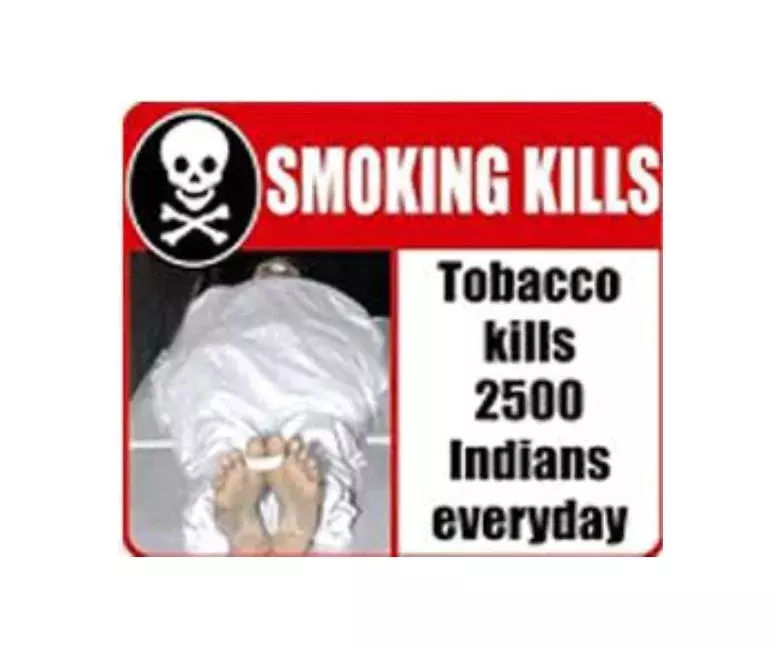Disgusted Or Desensitised?
Graphic visuals on cigarette packets have failed to ‘disgust’

A rigorous study spanning a year conducted with 240 youths from urban Bengaluru revealed that the visuals on the cover page of the cigarette packets have failed to elicit disgust as anticipated and expected by the government. In India tobacco is responsible for half of all cancer in men and quarter of all cancer in women. It is also the high-risk factor for cardiovascular diseases and chronic pulmonary diseases (Tobacco in India,2022).
As per the Cigarettes and Other Tobacco Products (Prohibition of Advertisement and Regulation of Trade and Commerce, Production, Supply and Distribution) Act, 2003 [COTPA, 2003], the ministry of Health and family Welfare have given more stringent guidelines in 2022 to ensure the pictures are bigger. This is based on the assumption that enhanced visuality of gore pictures will deter consumers from buying and abusing tobacco.
Whilst young respondents from lower and middle income groups of urban Bengaluru placed more importance on the frequency, nature of the picture, seriousness and credibility of the pictures with equal emphasis on clear messages with unambiguous terminologies.
The study covering young girls and boys enrolled in higher secondary school education, under-graduate and postgraduate courses and even the employed, revealed the need to address psychological and social factors. These factors include stress, anxiety, peer pressure, and addiction among parents, among first time smokers. It called for removing stigma related to abuse to encourage people for curative measures.
“Majority of participants are conscious and aware of the image nevertheless other factors dominate while deciding to smoke”, a participant shared. Another participant pointed to the practice of selling single cigarettes. Despite its ban this sale still continues with a nexus among small shop owners. This does not allow consumers to access the pictorial warnings in most cases.
The Parliamentary Standing Committee on Health and Family Welfare in its recent report on Cancer: management, Prevention and Diagnosis about cancer management, prevention and diagnosis recommended that the government institute a ban on the sale of single sticks of cigarettes. However, in practice it still continues.
A working professional shared that he started smoking due to work pressure. He said that he earns well and is able to afford imported flavoured cigarettes which do not have warnings. It was found that several big brands do not have the pictographic alerts on the packets.
Another respondent said, “there is a flow of counter-advertising by the tobacco companies plus the popular cinema reinforces the same, in which case the health warning predominantly in English is not able to make the impact with youth because the media they consume information only glorifies it.”
A poor selection of messages were also reported by the youth. Repetitive and monotonous nature of messages were flagged as the key determinants of the reported de-sensitisation. The role of the policy makers in using right media, utilising research and evidence based messages and media, re-inventions and innovations in the social media messages will be crucial here.
Campaigns such as Nasha Mukt Bharat Abhiyan by the Ministry of Social Justice and Empowerment have been effective in building youth appeal through social media campaigns whilst there is a need for the campaigns to reach grassroots and have wider acceptability.


